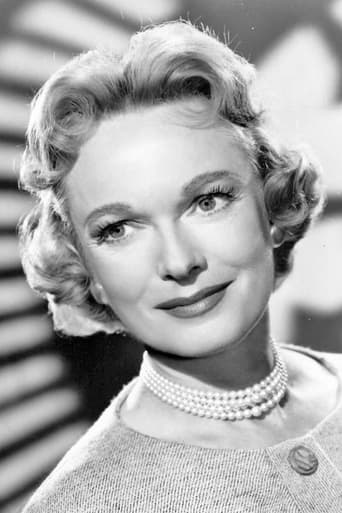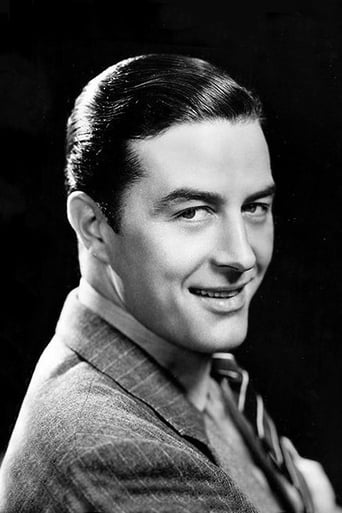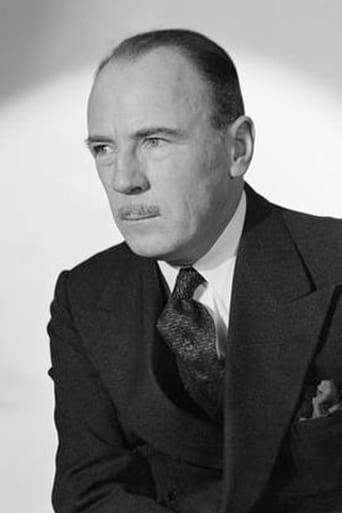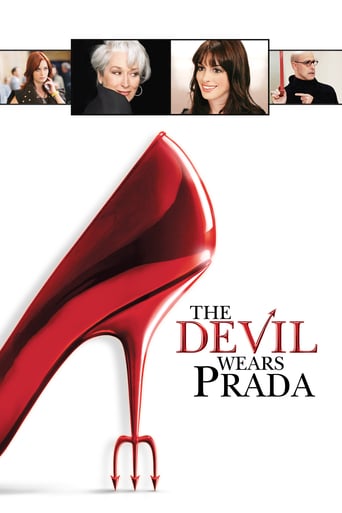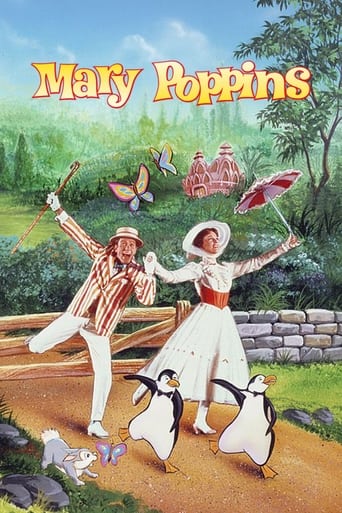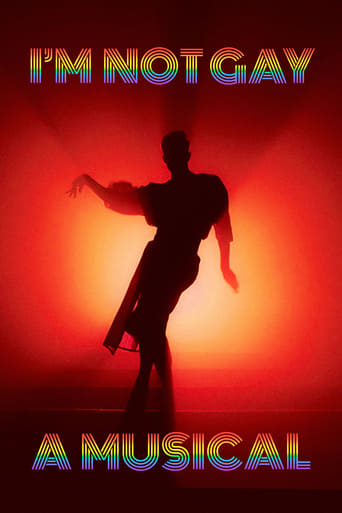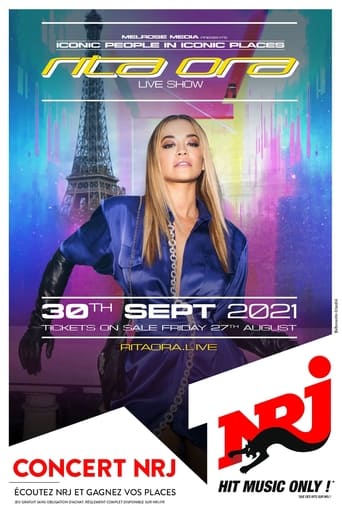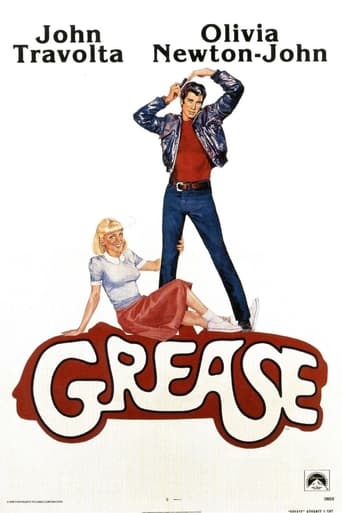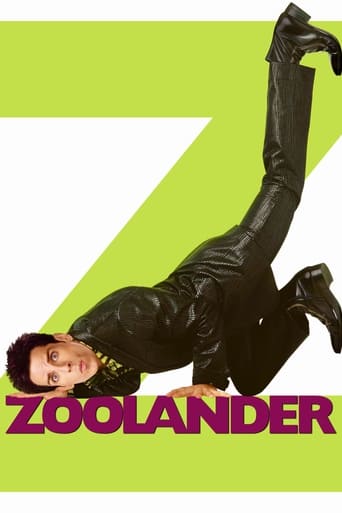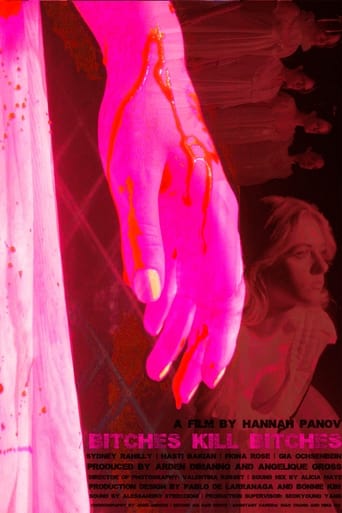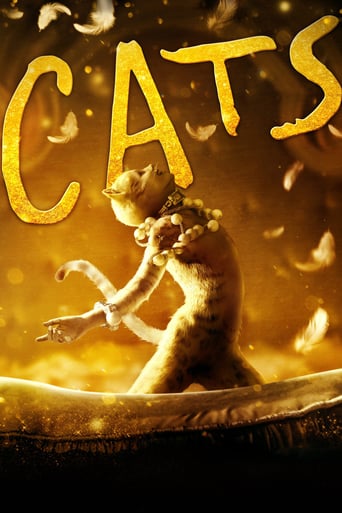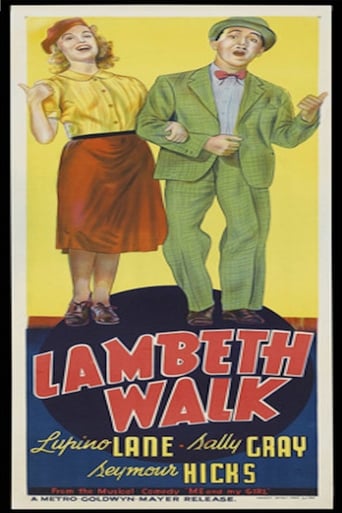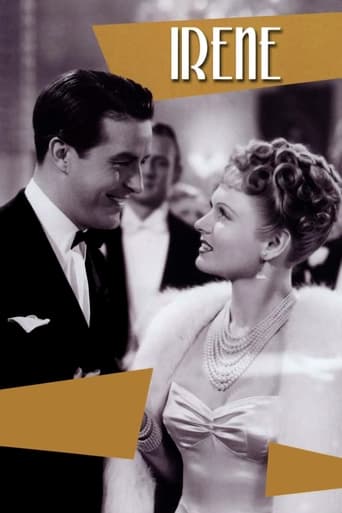
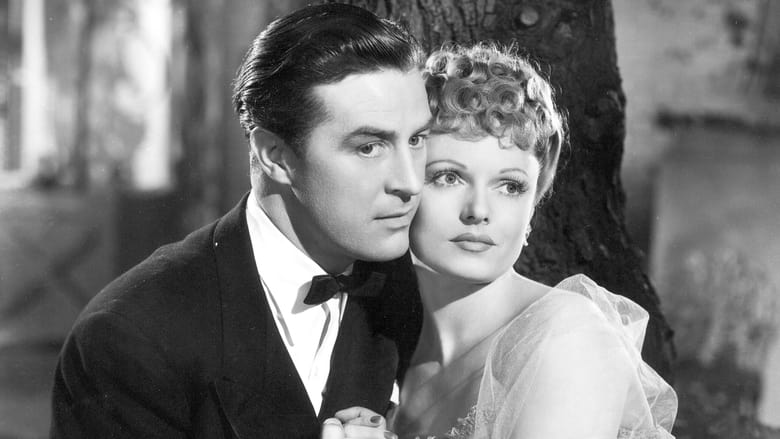
Irene (1940)
Upholsterer's assistant Irene O'Dare meets wealthy Don Marshall while she is measuring chairs for Mrs. Herman Vincent at her Long Island estate. Charmed by her, Don anonymously purchases Madame Lucy's, an exclusive Manhattan boutique, and instructs newly hired manager Mr. Smith to offer Irene a job as a model. She soon catches the eye of socialite Bob Vincent, whose mother is hosting a ball at the family mansion. To promote Madame Lucy's dress line, Mr. Smith arranges for his models to be invited to the ball.
Watch Trailer
Cast


Similar titles
Reviews
Based on a 1919 Broadway musical hit, and transferred reasonably faithfully to the screen, with much underscoring from the Harry Tierney-Joseph McCarthy original. But only three songs remain, leaving acres of unprepossessing light comedy about a shanty-Irish colleen who lucks into modeling and is courted by friendly rich boys Ray Milland and Alan Marshal. The plotting here goes far awry. Alan Marshal spends the whole movie lusting after Anna Neagle, only to declare in the last reel he really loves Marsha Hunt, only because the screenwriters are desperate to have Neagle end up with Milland. Some nice things happen: a whole reel in Technicolor, to show off Neagle's Alice Blue Gown, and one of Billie Burke's best society-flibbertigibbet turns, and Roland Young exuding wry bemusement. And Neagle has a lovely solo dance near the end, about absolutely nothing. But one does spend an awful lot of time wishing they'd get on with it, and wondering where the stage score went.
Very glad I caught this old-timer. I am a fan of musicals, especially good ones, and this one was good. It is also old and was on Broadway in 1926, according to the website. According to Maltin, most of the music of the original has been left out, but what remains was very good; The title song, "Alice Blue Gown" and especially a number I never heard of before, "You've Got Me Out On A Limb", a lame title but very tuneful. The 'Alice' number was done several times, including a jitterbug version by an all-black ensemble, which was bizarre. The plot, in a nutshell, was a lovers triangle, between Ray Milland, Anna Neagle and Alan Marshal and they were ably supported by some of Hollywood's best second line actors, May Robson, Roland Young and Arthur Treacher among them. It is a musical with some light comedy and the whole effect was enchanting, to dust off an old-fashioned word. Do yourself a favor next time it's on - it's worth your time if you're a fan of 'charming old musicals'.
Wonderful romantic comedy with divine music and a wonderful Anna Neagle showcase this 1940 film.While it is certainly not Cinderella or My Fair Lady, a furniture upholsterer enters into the lives of the wealthy on Long Island and rises in the fashion world and to upper society as well.Billie Burke, for a change doesn't sound like her usual self, plays a society matron and mother of one of Neagle's suitors. May Robson, as Neagle's grandmother, steals every scene she is in with her tough Irish brogue and mannerisms. Ray Milland, the secret owner of the dress company, is charming and so very debonair in the role of the second suitor. There is a brief hint of an anti Irish attitude shown in the form of prejudice by the head of the models who slips nasty information about Irene to a newspaper columnist.The scene of the ball shown in Technicolor is ravishing.
OK--must confess that I have not seen the entire movie; only saw the last 40 minutes or so, and look forward to getting to see the whole thing soon (which is why I didn't vote yet, though what I saw of it would rate an eight or nine). It is one of those sweet, charming (without cloying--it has some wit to it) movies RKO did so well (Ginger Rogers' 5th AVENUE GIRL is another I recently saw--thank goodness for Turner Classic Movies). Towards the end of this movie, Ray Milland's character discovers Anna Neagle's Irene dancing by herself, lost in thought and emotion. He and we watch, unperceived by Irene, and the dance was an unexpected delight. While the choreography could have used more variation (certain moves are repeated too much, and some of them have her shoulders up more than is ideal), Anna N. proves herself a graceful, expressive dancer; I hope to see more of her dancing, if it exists in films. The beginning of the dance also uses subtle slow-motion to good effect, which it occurred to me I haven't seen often, if at all, in musicals from this era. I wonder why that wasn't used more, as it would seem to be a relatively easy effect to employ. Anyway, I recommend IRENE, and look forward to taking my own recommendation to see the rest of it soon.


